The Gift of South Dakota
Subscriptions to South Dakota Magazine make great gifts!
Subscribe today — 1 year (6 issues) is just $29!
Hunting Charles Mix Plums
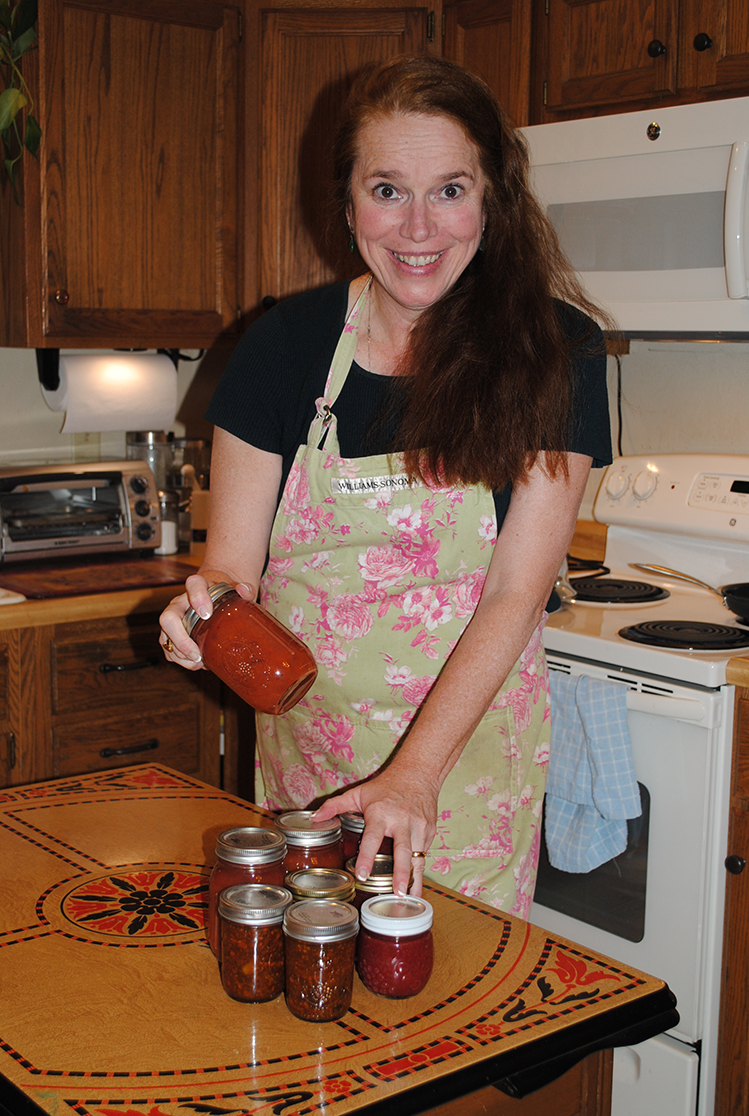 |
| Janine Kern's family plum-making heritage is a sweet respite from her professional service on the South Dakota Supreme Court. She became the 49th justice in state history in November 2014. |
As a 16-year-old living in Lake Andes I was only mildly interested in the conversations between my grandmother and my great aunts about the status of ripening plums on the river bottom in late August. There was much discussion about sending out my father to look for plum patches and whether various relatives should help in the hunt. In my teenage view this level of excitement wasn’t warranted for plum jam or any canning project for that matter.
Many years later I married a man named Greg and one of his many interests was canning. Once he traced a recipe for a jar of pickles he purchased at a roadside stand to the cook who was residing in a nursing home in western South Dakota. She was delighted to share the recipe.
Greg’s zest for canning turned my thoughts back to the beautiful plums available in shelterbelts, ditches, ravines and on the Missouri River bottom in Charles Mix County. So just as my grandmother had done 40 years earlier, I asked my father, Paul Kern, an avid outdoorsman, to scout for plum patches for future harvests.
Several years later talk turned to action, and we harvested a number of plum bushes in a shelterbelt on my parents’ land. We also scoured the ditches and river bottom looking for ripened plums while being mindful of the sharp branches on the bushes and keeping an eye out for rattlesnakes. I know several industrious souls who have no qualms about picking and canning a pickup-full, but we settled for two 5-gallon pails of the biggest, juiciest plums we could find.
Over the years I discovered that conditions must be perfect for a plentiful plum harvest — namely a gentle spring without hard frosts and rain throughout the summer. These conditions are hard to come by in southeastern South Dakota, which causes me to ration plum jam throughout the year, never knowing if there will be another crop of plums. Fortunately, my father noted, it is easier to find plums now than it was when he was growing up because fewer people are harvesting them.
I took the two 5-gallon buckets of plums back to our home in Rapid City to prepare the fruit. Although there are other methods, such as boiling the whole plum and removing the pits after, I enjoy pitting the plums one at a time with a paring knife then putting them on to boil. We wear cloth garden gloves to protect our hands and arms from the splattering plum sauce. The aroma of the boiling plums is almost intoxicating.
Depending on individual preferences one can make jelly, syrup or jam with the desired consistency. We prefer jam over jelly because we like to see pieces of the plum when spread on hot buttered toast on a cold winter morning.
I am a novice canner and greatly admire those who fill their pantries with the bounty of their gardens. The colorful glass jars provide not only nutrition but also the fond memory of summer. Canning recipes passed down through generations are part of our heritage as South Dakotans. Hopefully the younger generations can be drawn into the wonderful world of canning without a 30-year delay like my own.
Janine’s Family Jam
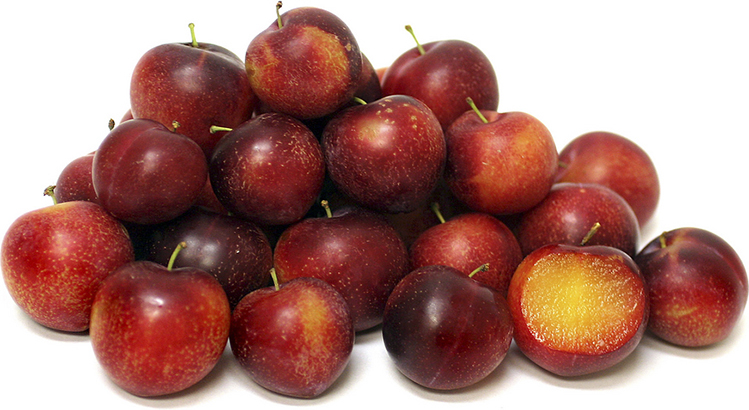 |
Pick large beautiful plums if you can find them. Pit one at a time. Refrigerate fruit if it won’t be immediately canned. Sprinkle stored fruit with lemon juice and stir. Can last three days in the refrigerator until you are ready to tackle the project.
When ready to can use a food processor to chop plums to desired consistency. Place 13 cups of plums in a large canning pot. Mix 1/2 cup sugar and 2 boxes of low sugar pectin in a separate bowl and then add to plums. Bring to a full boil. Add 8 1/2 cups sugar a few cups at a time while stirring. Return to a full rolling boil for exactly 1 minute. Remove plum mixture from heat.
In a large processing pot have your jars preheating. In a small saucepan simmer jar lids and rings in water. Fill jars to 1/8 inch from top with plum mixture. Return to processing pot and boil 10 minutes. Remove the jam and place on the counter to cool. Listen to the jar lids pop, assuring you have a good seal. Serves as a powerful pick me up on a cold winter day. Makes 8 pints.
Editor’s Note: This story is revised from the September/October 2015 issue of South Dakota Magazine. To order a copy or to subscribe, call (800) 456-5117.


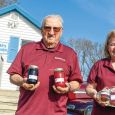
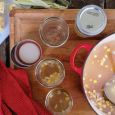


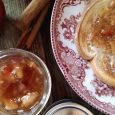
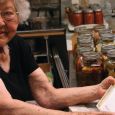


Comments
I’m not into canning so I buy homemade plum jam that I find at Farmers Markets where I reside in South Carolina. I’m a southern transplant born in South Dakota near Charles Mix county.